IPEF: The launch of an economic alliance
The Indo-Pacific Economic Framework for Prosperity (IPEF) addresses the issues of importance that are normally beyond the purview of traditional agreements – digital connectivity, clean energy, and supply chains advancements. As India seeks to stand strongly in the Indo-Pacific region, IPEF can create confidence with a more concrete plan of economic cooperation among members.
● On the 23rd of May 2022 in Tokyo, the Indo-Pacific Economic Framework for Prosperity (IPEF) was launched by President Biden. It has 13 initial members- Australia, Brunei, India, Indonesia, Japan, Republic of Korea, Malaysia, New Zealand, the Philippines, Singapore, Thailand, the US, and Vietnam.
● To deepen the economic engagement in the region along with establishing high-standard commitments the IPEF consists of four key pillars- Connected economy; Resilient economy; Clean economy and Fair economy.
● The market access or tariff reductions/tariff concessions have not been outlined, unlike the mega FTAs such as CPTPP or RCEP.
● Containing the strategic allies of the US, it brings the opportunity for India to work in close collaboration with Quad members and build resilient supply chains and cut down the economic dependency on China.

Image credit: PIB
On the 23rd of May 2022 in Tokyo, the Indo-Pacific Economic Framework for Prosperity (IPEF) was launched by President Biden. IPEF framework has 13 initial members- Australia, Brunei, India, Indonesia, Japan, Republic of Korea, Malaysia, New Zealand, the Philippines, Singapore, Thailand, the US, and Vietnam. The Indo-Pacific region is among the most dynamic global regions. Together, these IPEF members represent 40% of world’s GDP and 60% of its population. From the Indo-pacific region, it is expected to be the largest contributor to global growth in the upcoming 30 years.
To deepen the economic engagement in the region along with establishing high-standard commitments, the IPEF consists of four key pillars:
- Connected economy: Aims to engage comprehensively among partners on a wider range of issues like higher standards and rules for the digital economy including cross-border data flows. Also, to maximize the benefits of small and medium-sized enterprises it will seek to address issues such as cyber-privacy, etc. This pillar also aspires to promote strong labour and environment standards and corporate accountability provisions.
- Resilient economy: This proposes the efforts and commitments from partners to build resilient supply chains that better anticipate and prevent disruptions in supply chains. To have a more resilient economy, the maintenance of undisruptive supply chains is intended to be done via establishing an early warning system, mapping critical mineral supply chains, improving traceability in key sectors, and coordinating diversification efforts.
- Clean economy: This aims for targeting commitments to green energy, decarbonization, and infrastructure projects. It also seeks to pursue high-ambition targets to boost the efforts to tackle climate crises.
- Fair economy: For commitments to implementing fair trade, including rules targeting corruption and effective taxation to promote transparent economy.
Traditional FTAs vs IPEF?
In the present proposed framework, the IPEF is distinguished from the traditional free trade agreements. The market access or tariff reductions/tariff concessions have not been outlined, unlike the mega FTAs such as CPTPP or RCEP. However, there are conjectures that this framework will majorly serve the security interests of the US with its allies. The Biden administration defines this framework as an economic arrangement designed to confront the 21st century economic challenges.
Apart from the US and India, the other members of IPEF are also the part of RCEP trade agreement, which is the premier economic cooperation in the Indo-pacific region. There are concerns about whether the IPEF intends to replace RCEP in the future and to be operated as the traditional trade agreement. As of now, the difference between the IPEF and RCEP can be distinctly well-defined. Firstly, IPEF has made it clear not to engage in any tariff concessions. Secondly, this framework considers the advancement of labour and environment standards which is not part of RCEP. However, it is expected that it will pave the way for the strengthening of trade relationships, focusing specifically on digital connectivity, clean energy, and supply chains advancements. It addresses the issues of importance that are normally beyond the purview of traditional agreements.
Relevance for India
India has joined the launch of the IPEF and signalled its support for this initiative. After three years of walking out of RCEP, India has not been part of any major regional economic institution in the Asia-pacific region. Therefore, IPEF seems to offer India a re-entry for economic engagement in the region. The Indian Prime Minister described IPEF as a “declaration of our collective will to make the region an engine of global economic growth.” According to a statement by the Indian External Affairs Ministry:
“India is keen to collaborate with countries under the IPEF and work towards advancing regional economic connectivity, integration and boosting trade and investment within the region”.
On the strategic front, IPEF offers a counter to the economic dependence on China. As the RCEP includes China, IPEF is a collective of strategic allies of the US. It brings the opportunity to work in close collaboration with Quad members and build resilient supply chains and cut down the economic dependency on China.
The flexible nature of the IPEF and its collective stress both on economic prosperity and security interest makes it a unique framework. Though the China-one strategy and initiatives like IPEF is expected to diversify the supply chain of the Asia-Pacific region, China remains centric on the supply chain, even among the members of IPEF. Therefore, going forward, as India seeks to stand strongly in the Indo-Pacific region, IPEF can create confidence with a more concrete plan of economic cooperation among members.

Dr. Javeria Maryam has Ph.D. in Economics from Aligarh Muslim University India. Her doctoral thesis analysed the regional trade relations between India and the rest of the BRICS economies. She has worked as a consultant with KPMG in India, where she has provided research for the sectoral- exports of states. She has also worked at the Center for WTO Studies-A think-tank of the Ministry of Commerce, Government of India. She has undertaken the meticulous analysis of international trade agreements, negotiation proposals, and policy documents to understand economic and political implications at the domestic and international levels.
Views expressed are personal to the author.







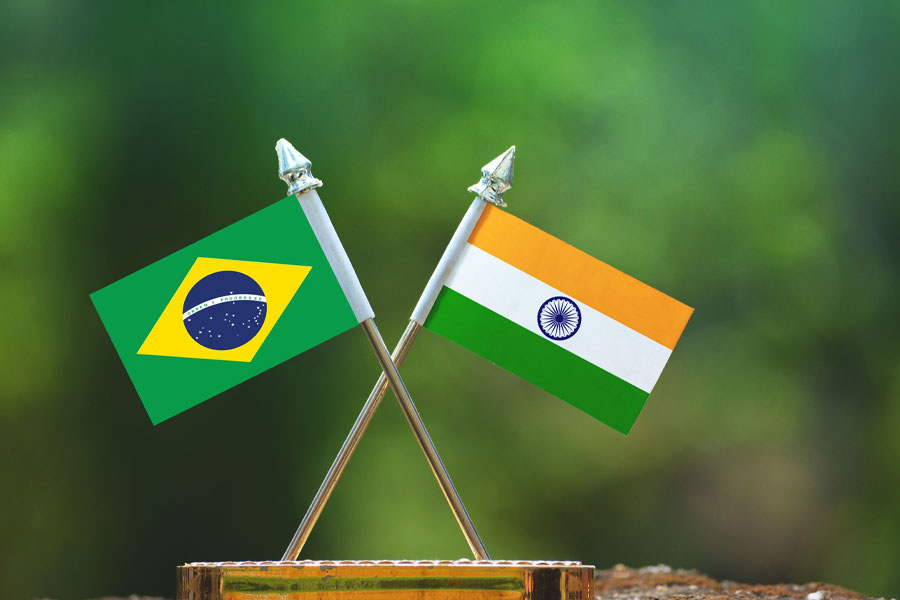
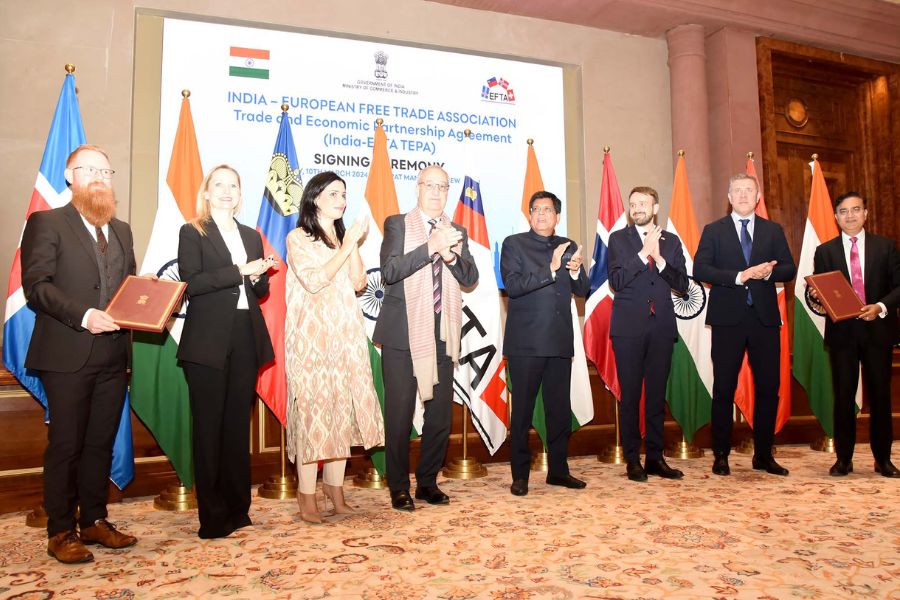
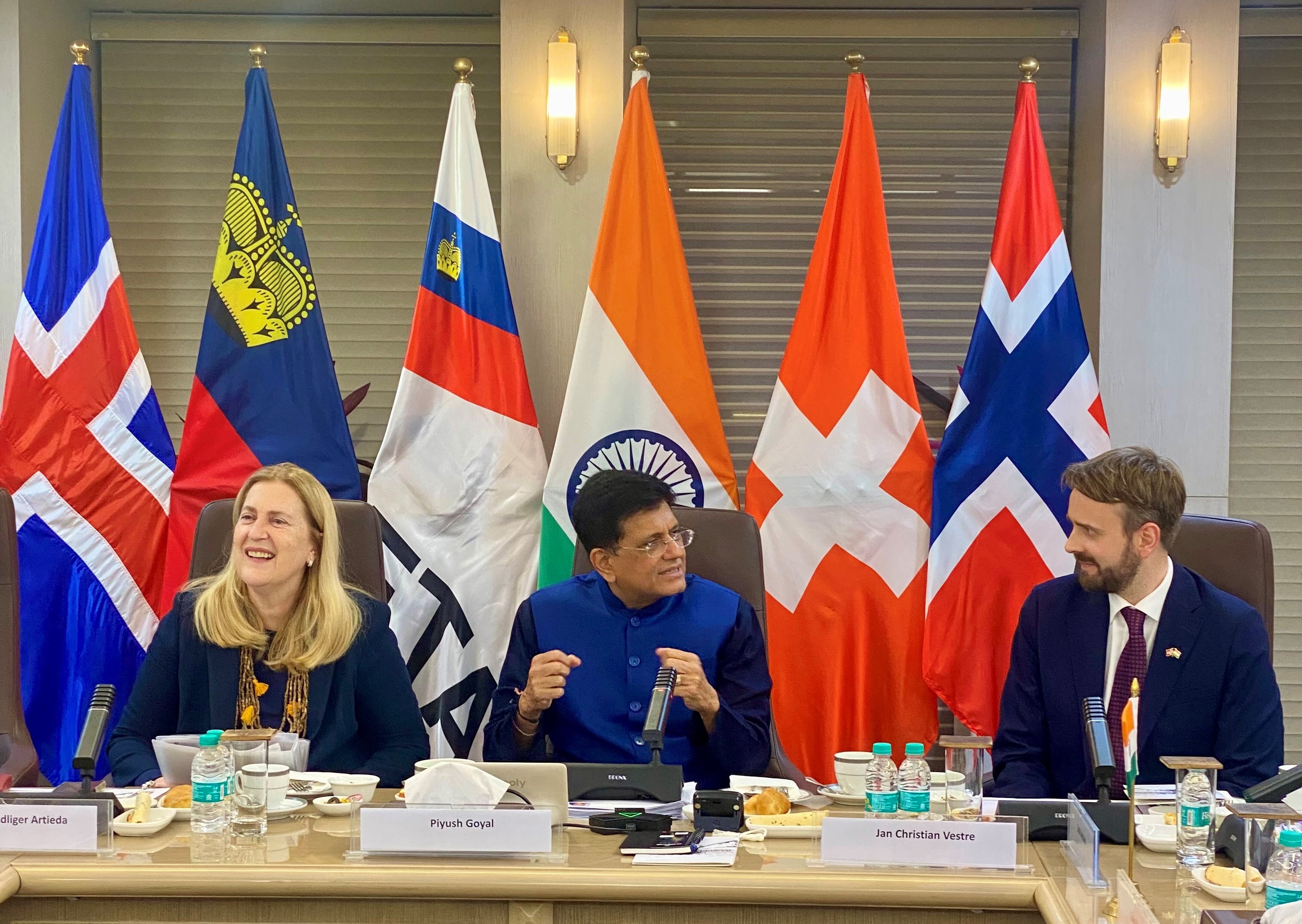
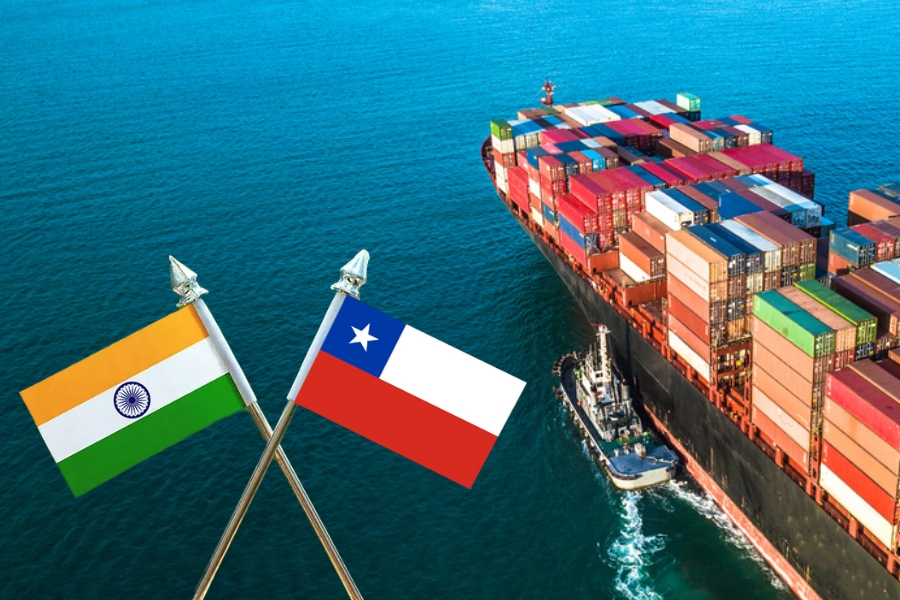
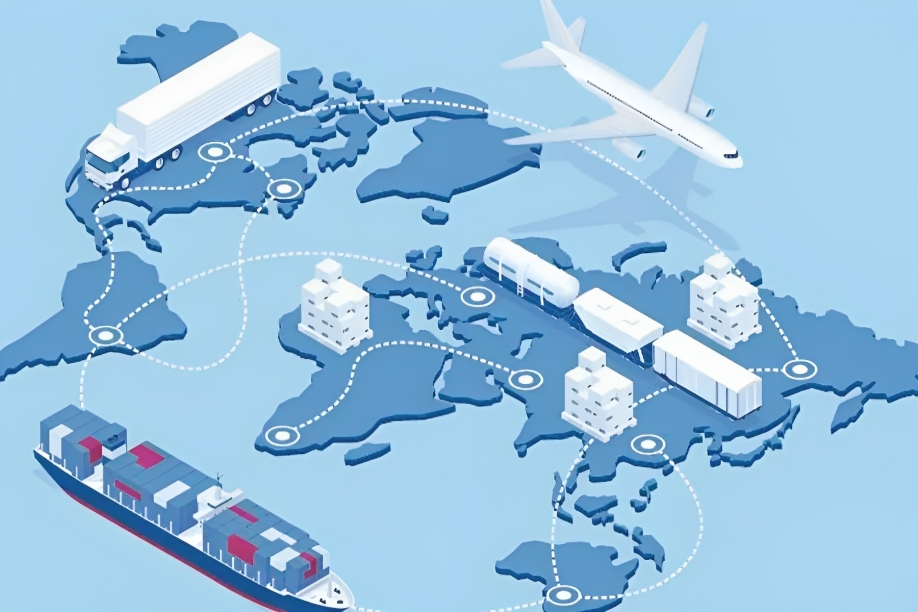

Very informative and well articulated. Thank you for writing this article.
Well crafted article. Thanks for sharing.